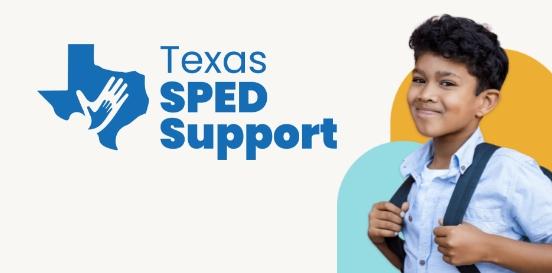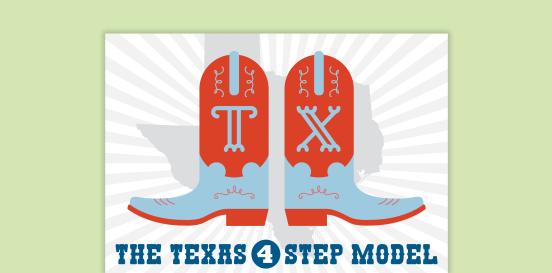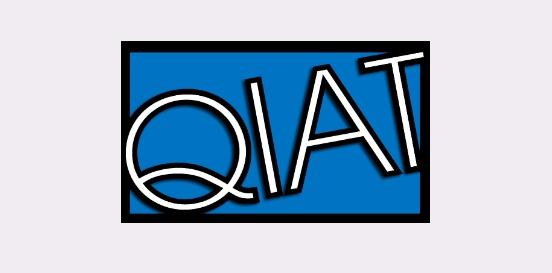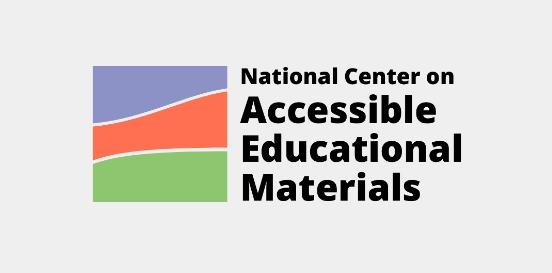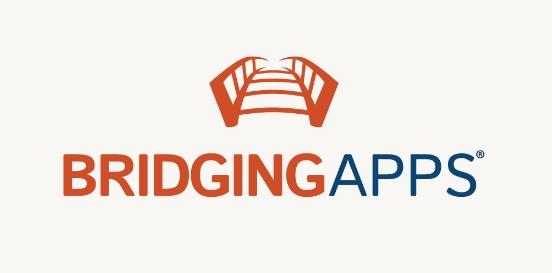Textured Surfaces
Various textures, such as elongated ridges or bubble pavement, can serve to differentiate between different zones or objects, promoting user safety and preventing potential hazards for cyclists or drivers of motorized vehicles.
Considerations
Take the following considerations into account when selecting and implementing AT to ensure that the chosen tools are well-suited to the student’s needs, align with their goals, and seamlessly integrate into their educational journey. By embracing a collaborative approach and considering the specific skills, tasks, and implementation context, educators can provide students with the necessary support to thrive academically and functionally, promoting inclusivity and fostering their overall success.
Skills and Tasks What skills or tasks will the student utilize this tool for? What areas, functional or academic, does this tool support?
- Participation and involvement with environment
- Tactile discrimination
Implementation Context In what activities, classes, or environments will the student utilize this tool?
Tactile navigation surfaces are designed to assist people with visual impairments in navigating indoor and outdoor environments safely and independently. These surfaces typically consist of tactile patterns or textures on the ground that can be felt with a cane or underfoot, providing cues and information about the surroundings. Common examples include:
- Tactile paving: Also known as tactile ground surface indicators (TGSI), these are standardized patterns of raised bumps or bars that indicate specific pathways, hazards, or intersections. Different patterns may convey different messages, such as directional cues, warnings of upcoming stairs or ramps, or the presence of a pedestrian crossing.
- Braille maps: These are tactile maps with braille labels that provide information about the layout of buildings, campuses, or other large areas. They allow individuals with visual impairments to orient themselves and plan routes.
- Textured tiles or strips: Tactile strips can be placed along hallways, staircases, and other common routes to help students navigate independently. These strips can have different textures or patterns to indicate different areas, such as classrooms, restrooms, and exits. These are often used at transit platforms or along train and subway platforms to indicate safe waiting areas or the edge of the platform.
- Truncated domes: These are small tactile bumps arranged in a grid pattern and are often used at the edge of railway platforms or at the bottom of staircases to warn individuals with visual impairments of potential hazards.
- Spatial awareness: Use textured tape to outline boundaries for various activities or to create designated seating areas in classrooms or common areas. This can help students develop spatial awareness and promote organization in shared spaces.
- Textured stickers: Placing textured stickers on the corner or edge of a student's desk, cubby and school supplies can help them easily identify their own workspace or materials. By attaching a sticker with a unique texture to each student's belongings, they can easily identify their own items, reducing the chances of mix-ups or loss.

